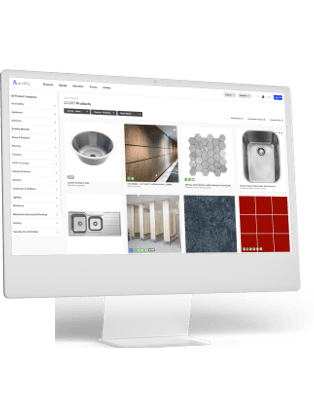-
Australia
Fencing Materials: Advantages and uses
Throughout history, western civilisation has emphasised the importance of fencing. As soon as early humans settled and began farming, fences were needed to provide security and to control livestock. Since then, fencing has been used to make claim to land and helped forge social constructs that developed into the society we have today. Even today, property owners will placate their primal urges to demonstrate their landownership, marking their land with grandiose fencing. This article will discuss types of fences and their applications on a property.
Wood
The humble wood fence has been a staple in society for many reasons. Not only is it cheap with easily sourced materials, but it is quite easy to install yourself. Wood fences are also extremely versatile, ranging from decorative picket fences to tall security fences. Although it is easy to DIY, wood fences require a large amount of maintenance and needs to be treated to avoid rot and damage. If you’re looking for a cost effective solution you can do yourself, a timber fence is right for you.
Aluminium
Although not as strong and sturdy as wrought iron, steel or other metals, aluminium does have many advantages that other fencing materials do not. First of all, aluminium fences are lightweight, making it easier to install and reducing the cost of labour overall. Aluminium is resistant to rust and corrosion, and requires little to no maintenance. In fact, unless you want to paint it, there’s no need to do anything to it once it’s installed. However, aluminium is not as strong as other metal fences, and will not offer much resistance when it comes to security.
Steel
If the message you want to send with your fence is “Don’t even try”, then steel is the right material for you. Strong, resistant to impact and imposing, steel fences are mostly used when security is of great importance. Although steel provides premium security, it is quite expensive and requires maintenance to maintain its integrity. Steel is also unsuitable in coastal areas where salt water can cause rapid corrosion.
Vinyl or Composite
Like other building materials, vinyl and composite are a cheaper and sometimes superior imitation of other materials. It is lightweight, durable, requires little maintenance and most importantly, relatively inexpensive. Vinyl also comes in a variety of different shapes, colours and textures, often imitating timber panels. Vinyl fencing is a great alternative for people looking for a cost effective and low maintenance fence, however the material compared to others is quite weak and doesn’t provide much impact protection.
Chain Link Fence
The classic chain link fence has been a cheap, secure and durable solution for many years. Although it may be slightly more difficult to install than wood or vinyl fencing, the security benefits of a chain link fence make it second only to steel, and for a fraction of the cost. It’s also quite easy to see through chain link fences, which make them quite suitable for schools and families with children as they can be secured without blocking the view to the outside world.
Discover fencing solutions at Archify for your next project! Whether securing perimeters, enhancing privacy, or delineating spaces, we feature high-quality options from trusted suppliers. From sturdy steel to stylish timber, find the perfect fencing to elevate the outdoor environment.
Building Materials Categories
- Adhesives
- Balustrades & Handrails
- Bricks, Blocks & Concrete
- Building & Construction Accessories
- Car Park Solutions
- Cladding
- Façade
- Fencing
- Insulation
- Paints & Protective Coatings
- Plumbing & Drainage
- Railings
- Signage
- Solar Products
- Structural Building & Construction Products
- Waterproofing Systems
- Other Building Materials








